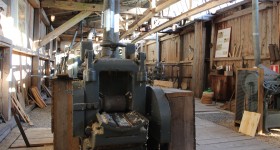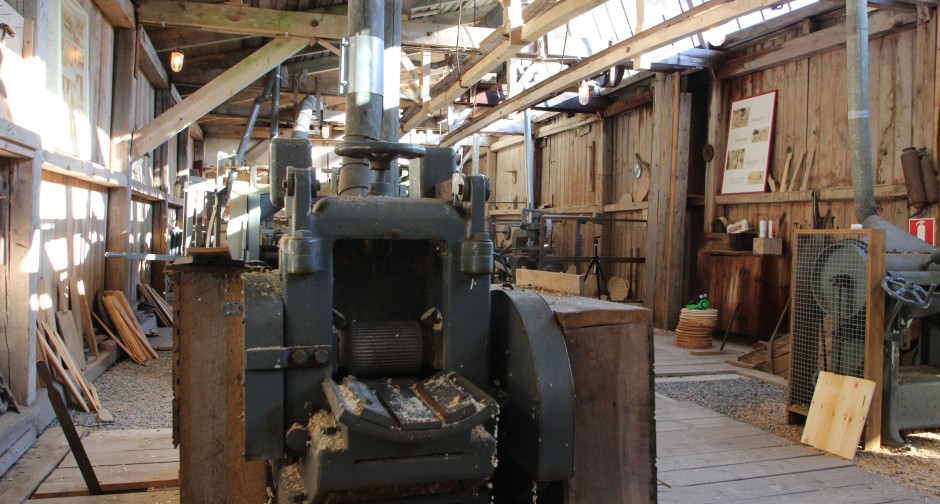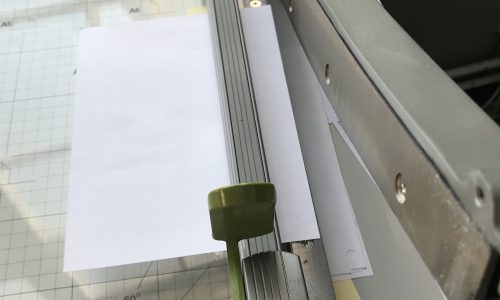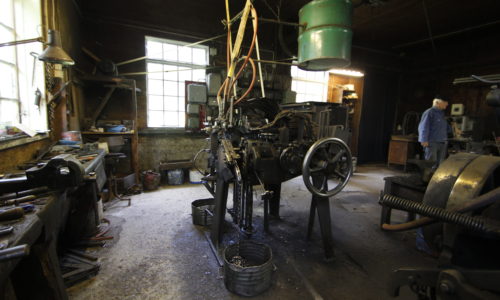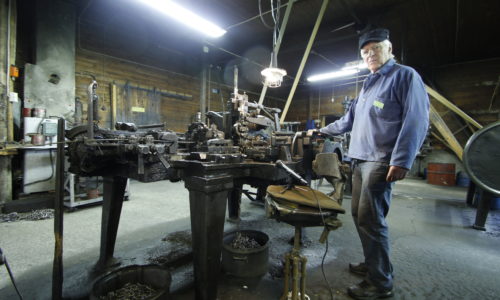Cutter
Planes both sides of the planks at the same time. The plank gets a contoured / rounded shape to fit in the drittel/barrel.
Manufactured by Osbyverken, Sweden, in the 1930s.
Maximum sound level: 97 dB, measured from 2 meters distance.
The background sound from the belt drive is 76 dB.
Knobesholms barrel works
During the late 1800s butter became an important export commodity. The bulk of the exports went to England. The butter was transported in so-called drittlar/barrels.
A barrel, cask, or tun is a hollow cylindrical container, traditionally made of wooden staves bound by wooden or metal hoops. A drittel is a barrel-shaped container made of beech with specific dimensions, adapted for the UK market. A drittel is 1/3 barrel, German drittel, third. A drittel butter is equivalent in weight measure about 50 kg or an English hundredweight, about 50.8 kg.
Knobesholms barrel works was started in late 1800s by a landowner. The factory manufactured drittlar/barrels to dairies in the area. The factory was destroyed by fire but rebuilt in 1905. The factory was initially water-powered but was electrified during the beginning of 20th century. The drive belts were below ground which was considered very modern. Knobesholms barrel works was closed in the 1950s and was taken over by the local historical society in the 1970s. The entire machinery is preserved.
Sound recordist: Torsten Nilsson
Photographer: Torsten Nilsson
Video recordist: Torsten Nilsson
Specs:
Filesize:
Duration:
Channels:
17.7 MB
1 min 40 s
2 (Stereo)
Bit rate:
Bit depth:
Level:
1414 kb/s
16 bit
97 dB
Recorded on June 9, 2014
Work shop
Knobesholm, SWEDEN
Creative Commons License

